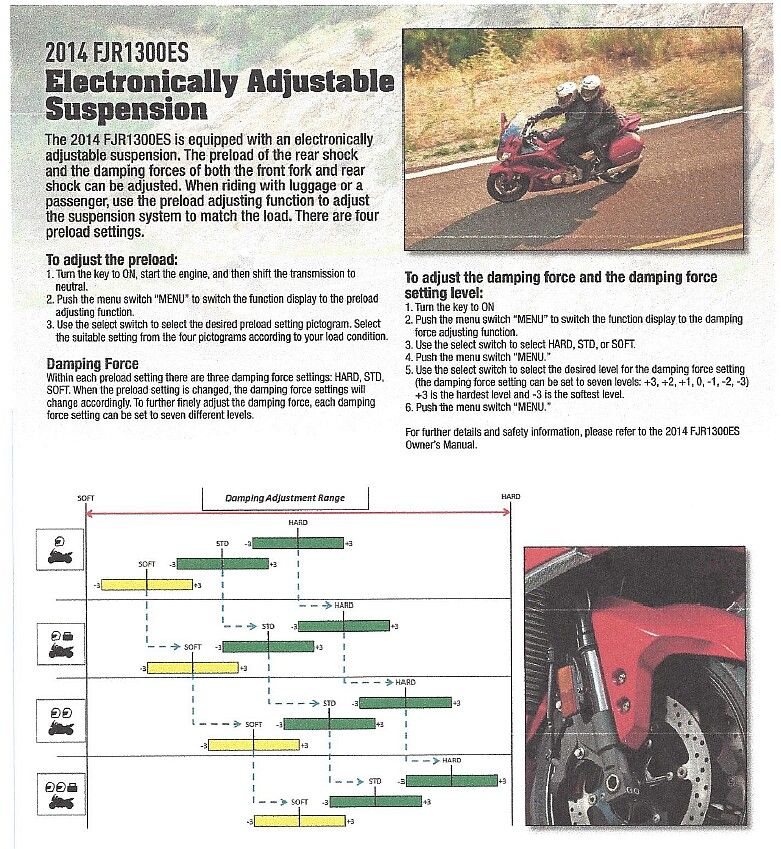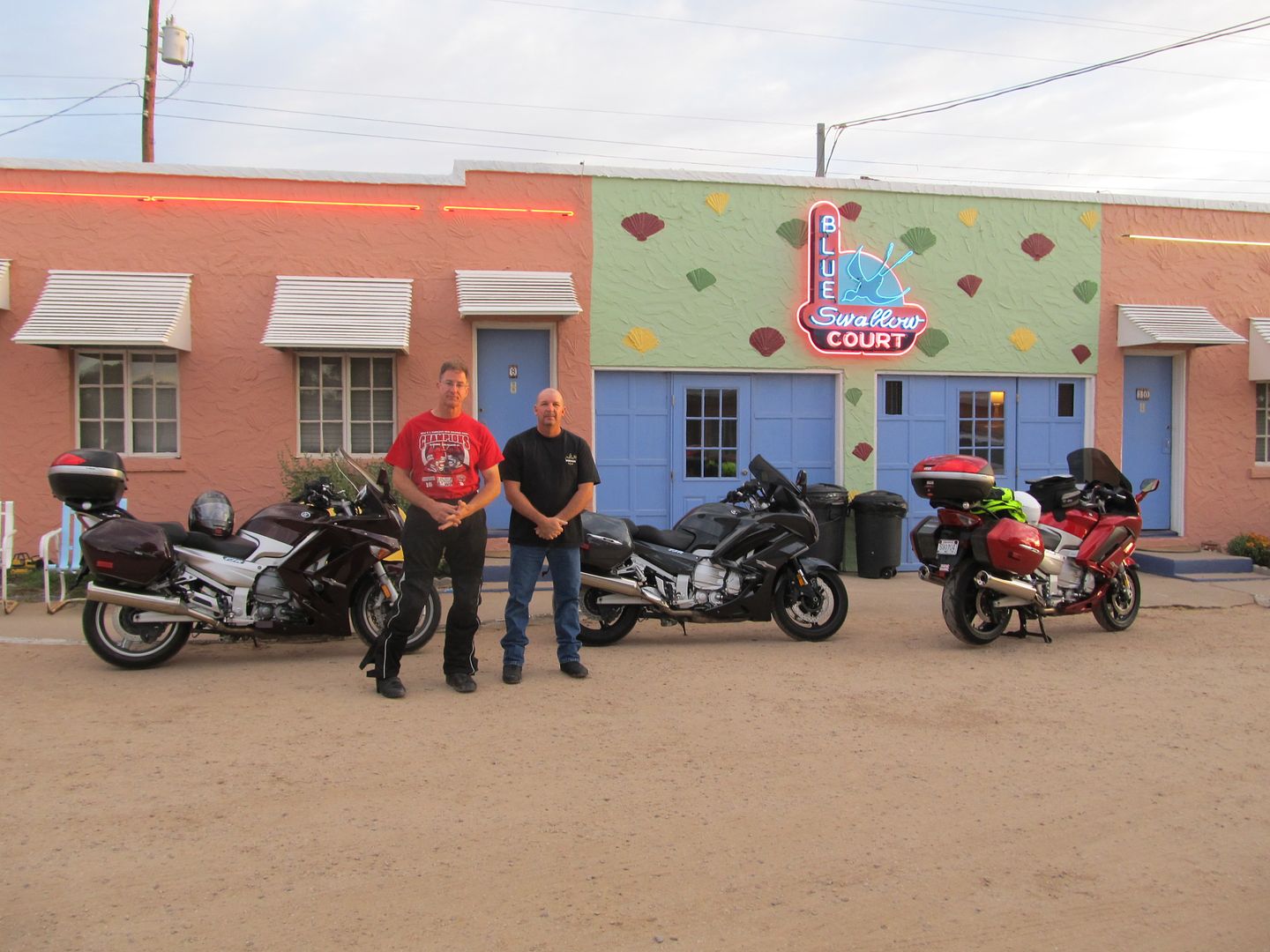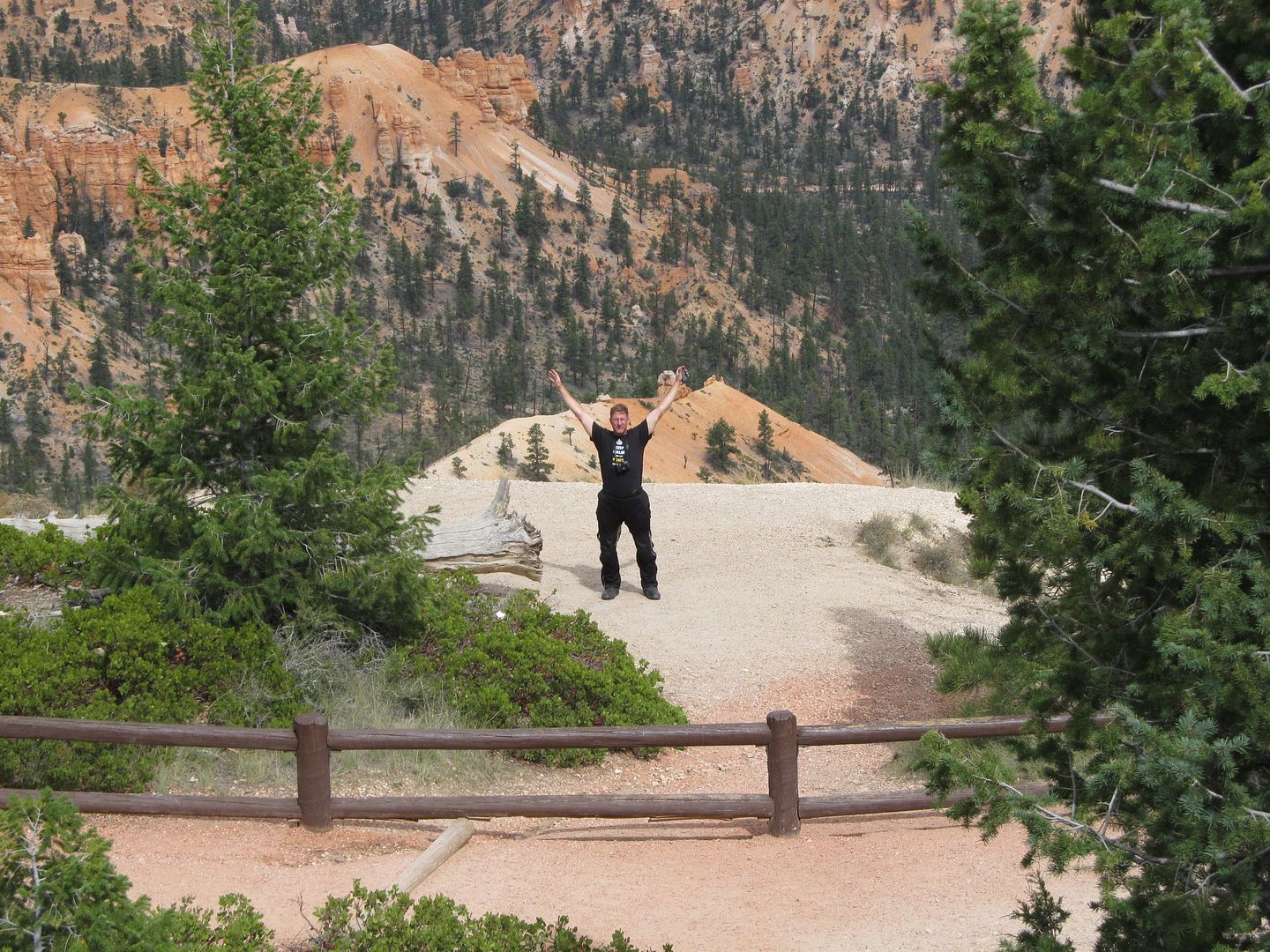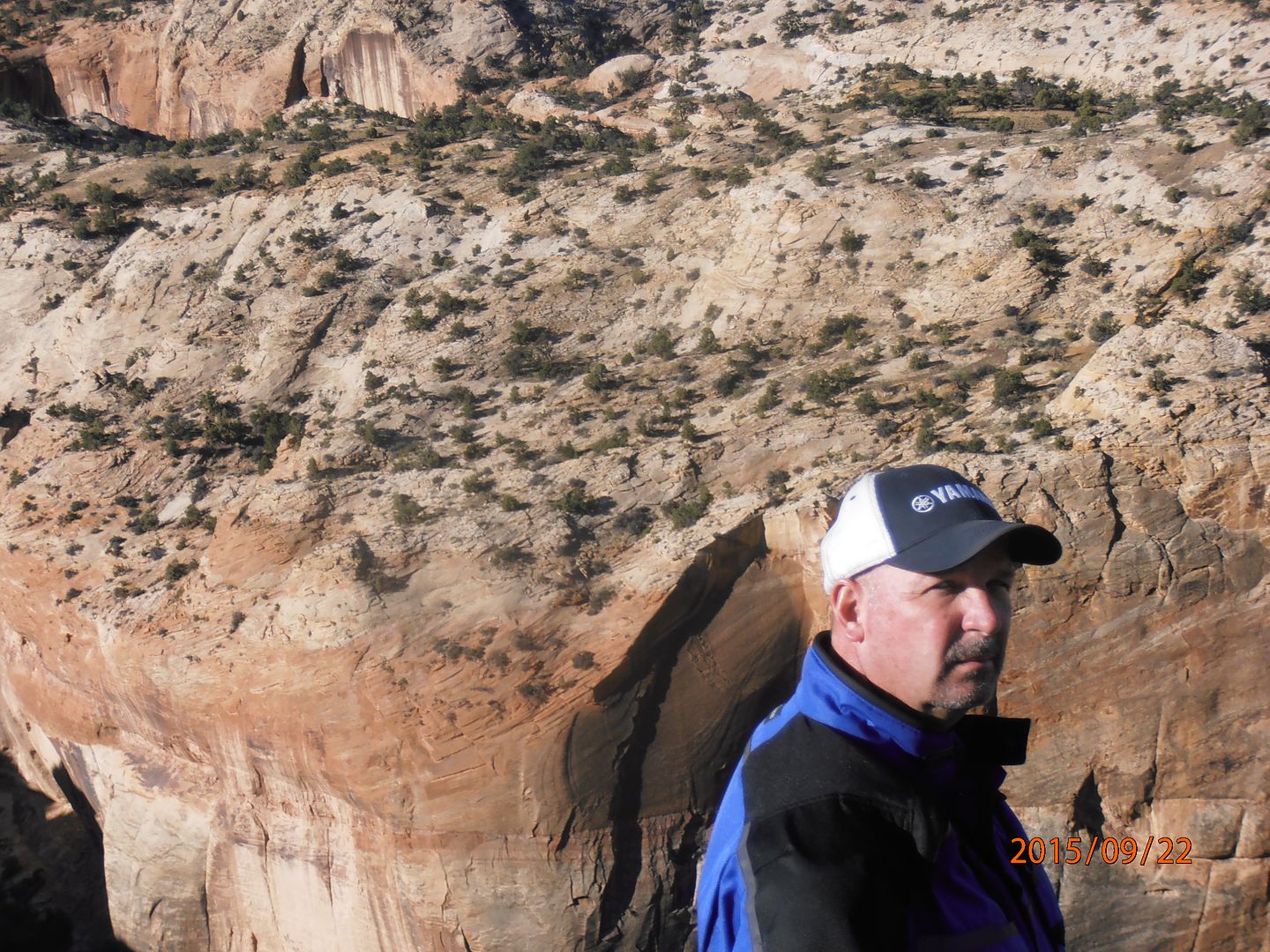First, the intent here is not to argue whether ES is better than A, nor is it a debate to justify my particular choice not to go with ES. Those are larger/similar/different subjects with their own reasoning. Neither choice is bad, nor in my opinon necessarily better, as each has their benefits and limitations. Doesn't mean I won't tease you about it. Many with good aftermarket suspensions will also have a view. But, some reference to A is inevitable I think. Let's also just say, the A offers individual adjustments on the forks, and similar adjustment of rebound (and somewhat compression) damping as the ES shock. ES has more preloads available than the stock Hard/Soft choice for A. The A has a stiffer rear shock spring. The stock A was never perfect, but I think we're finally seeing enough user comments to say the ES isn't either, or at least it didn't quite live up to the hype (except for all the adjustability factor, which is awesome). For this discussion, I'm just trying to put myself in your shoes and understand what improvements should/can/cannot be made.
Don't worry, Fred, I completely get the ability to adjust at will and on the fly is the most attractive feature of ES, and I know the frost heaves over your way would jar the false teeth out of an elephant. BTDT. I also (I think) understand that for most who weigh under 200 and have a lighter slimmer pillion will mostly have an decent suspension. Great stuff. But from various comments I've seen, the actual shock beneath the adjustability could be better, and the OP in this case wants better. Single riders dialing it up to two up settings for twisties seems a little wrong to me. And what about those two uppers who will be combined 300+ lbs........ all we can do is judge what general suspension design discussions we had in the past, and what mods or aftermarket choices worked.
With all that in mind, ES took away the ability to put a numerical value on any setting that can be related to traditional non-ES, i.e., number of clicks of damping, number of rings of preload (actually no preload adjustment on the forks), some kind of number associated with shock preload, perhaps inability to move damping firmer than the current categories without moving the preload as we're finding out. If we had better numbers, it might be easier to understand or relate it to what we know about suspensions. On an A, you can adjust fork preload and damping individually and independently, the GenIII rear shock is better than prior and maybe can be ridden on the soft setting (I will try it on the root beer bike for a while). And most likely the guys who prefer the better suspensions will want aftermarket.
I also think the majority don't care all that much, as they're happy just to go riding and mostly aren't limit pushers in the suspension department. Maybe only want better when loaded up with luggage and pillion and finding the ride is too harsh...... so for all those, ES will be great. In Redfish Hunter's case, awesome, and if you notice in some of his pictures, he's actually starting to crack a smile now and then. Back to the OP's questions.........
I'll throw this out there..... in the rear shock department, the ability to tweak damping outside of the OEM menu is going to be difficult if not impossible to do easily. One could get a different spring to change up the preload range. Aftermarket suspension manufacturers may dive in if the demand is there. Aftermarket ES suspensions exist. In the fork department, you can change springs and/or shim them via trial and error to achieve a different preload and/or use straight rate springs. Damping would be easier changed by different fork oil, and if rebound is still controlled the same way as previous, one could use a longer rod in the cartridge. I don't know how compression is controlled, but may be similar. I'm just curious and I'll try to help.














































![fjackets Real Lambskin Leather Biker Jacket — Quilted Cafe Racer Zip Up Moto Leather Jackets For Men | [1100085] Johnson Brown, XL](https://m.media-amazon.com/images/I/41I7Pm1f+vL._SL500_.jpg)



















